Putting Primary Science on the Agenda: The Primary Science Education Conference 2019
Established originally by AstraZeneca plc in 1997, the Primary Science Teaching Trust has the goal of improving and supporting science education in primary schools across the United Kingdom. PSTT achieve their aims by working through in three areas:
1. Creating the Primary Science Teacher College, which is a network of over 180 outstanding primary science teachers recognised through the Primary Science Teacher Awards (PSTAs). Supporting these teachers leads to the wider dissemination of best practice via resources, CPD and direct support for other teachers/schools.
2. Establishing the Cluster Programme, supporting Fellows of the Primary Science Teacher College to lead school science clusters, developing local support networks.
3. Forging partnerships with academic institutions and partner associations to support research and development in primary science, and facilitating collaboration between educators and researchers.

Over the last 20 years, the PSTT has become one of the leading voices in primary science education and has gained international recognition in doing so.
In partnership with the Scottish Schools Education Research Centre, PSTT hosted PSEC2019 between 6th and 8th June at the Edinburgh International Conference Centre. The three-day event hosted keynote talks, an exhibition, seminars, interactive talks and workshops. Each day focused on some key themes including engagement and enjoyment, working scientifically, assessment, outdoor learning, teachers as researchers, the science of learning, science capital, play and early years, creativity, cross-curricular science, Special Educational Needs and Disability and emotional well-being, STEM, unconscious bias, transition and subject leadership.

The keynote lectures over the course of the three days were given by thought leaders Jim Al-Khalili OBE (Professor of Physics Chair in the Public Engagement in Science at the University of Surrey); Laura Schulz (Professor of Cognitive Science in the Department of Brain and Cognitive Sciences at Massachusetts Institute of Technology); and Kate Bellingham (TV presenter, engineer and champion for girls in STEM).
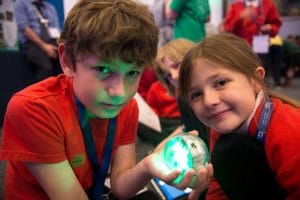
The whole conference was amazing, probably the best CPD I have ever had.
The first evening of the conference saw a real celebration of the most outstanding primary school teachers in the country with the presentation of the Primary Science Teacher Awards. These awards are given to outstanding classroom practitioners who have shown innovative and creative practice and who support colleagues in and beyond their own schools. Awardees, guests, supporting organisations and conference participants could also tour the galleries of the Dynamic Earth venue and enjoy a three-course dinner. The second evening of PSEC 2019 saw attendees really let their hair down and dance the night away at the traditional ceilidh; a chance to come together in a truly Scottish way.
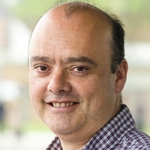
Whilst in attendance, Research Outreach had the opportunity to interview Professor Dudley Shallcross, CEO of PSTT about the Trust, PSEC2019, and the links between academic research and primary science.
What can attendees expect to gain from attending PSEC and how can this aid teachers’ professional development?
Our conferences attract talented teachers across the UK to celebrate and share excellence in the teaching and learning of primary science. The aim of our conference is to provide new suggestions for encouraging and engaging more children in science and science experiments. Some of the workshops and lectures explore innovative approaches that we are trying to support and help teachers to use in their classroom.
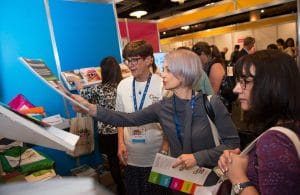
How does real scientific research provide a stimulus for practical investigation in the classroom?
Using real data and research encourages children’s interest in the present. We could tell children about something that happened 50 years ago, but we need to prepare children for the future.
Science projects quite often have long-term objectives and get students involved with experiments. By completing real-life experiments, the children are excited to know the outcome. Students start with a question or hypothesis, follow it through with an experiment and end with scientific conclusions based on what they observed. Hands-on activities are one of the best ways to engage students. They foster independent thinking and greater interpersonal skills.

to their classrooms.
One example of real research that was brought into the classroom involved dating the age of sharks inadvertently caught in nets. The researchers extracted the eye lens of the shark as the eye lens can act as a time capsule. The carbon 14 signature of the lens can be used to date the shark’s age; as it turned out, some of the sharks were nearly 400 years old! The children were able to learn about the graphs, the analysis of these data and understand the relationship between the age and the length of the sharks. They could then apply the principle to themselves, and measuring their own heights and the heights of others, predict their ages, to varying degrees of success! The process taught them about science and maths and allowed the children to engage in real-life hands-on scenarios.
Why is it so important to see excellent teaching of science in primary schools? Why is scientific literacy important for everyone?
Science is a huge part of our daily lives, from technology to transportation to medicine to legal issues and government decisions. The pace of research and discovery is quickly accelerating.

We know that a young person’s love for science often starts in primary school. However, other subjects like English and Mathematics have been prioritised over science in the teaching curriculum over recent years.
Science should be exciting for young people, giving them skills and opportunities to improve their futures. However, not all young people are inspired by science. Some don’t find it relevant to their lives or know what careers are available.
How does the collaboration between teachers, schools, academic institutions, and researchers benefit from the effectiveness of the Primary Science Teaching Trust?
One of the most important aspects of the Trust is collaboration. We want excellent primary science teachers to become Fellows of the College to bring together the best teachers in the country.

We work with many UK schools and have a bank of resources on our website that teachers can work with to utilise the expertise that we have.
Why do some children decide that science isn’t for them before leaving primary school?
Although academically a child may not have been conventionally good at science, that’s not to say they had no interest in science. It’s important to inspire children and cultivate their interest in science and apply that interest in their work.
By the end of primary education, children start to make up their minds about whether science is for them. We think science is for everyone, not just those who want to continue into science-based careers; understanding science allows people to make informed decisions about new technologies, their health and other important matters.
What makes a great primary science teacher?
You don’t need to have a science background to be able to teach science at primary level. If you are an excellent teacher that is interested in the subject and can demonstrate that passion, this will encourage those in the classroom. For excellent primary science, schools need the time, expertise and resources to deliver engaging and thought-provoking science lessons. Here at the Trust, we want to encourage and support that enthusiasm by providing expertise on how to bring that into the classroom.
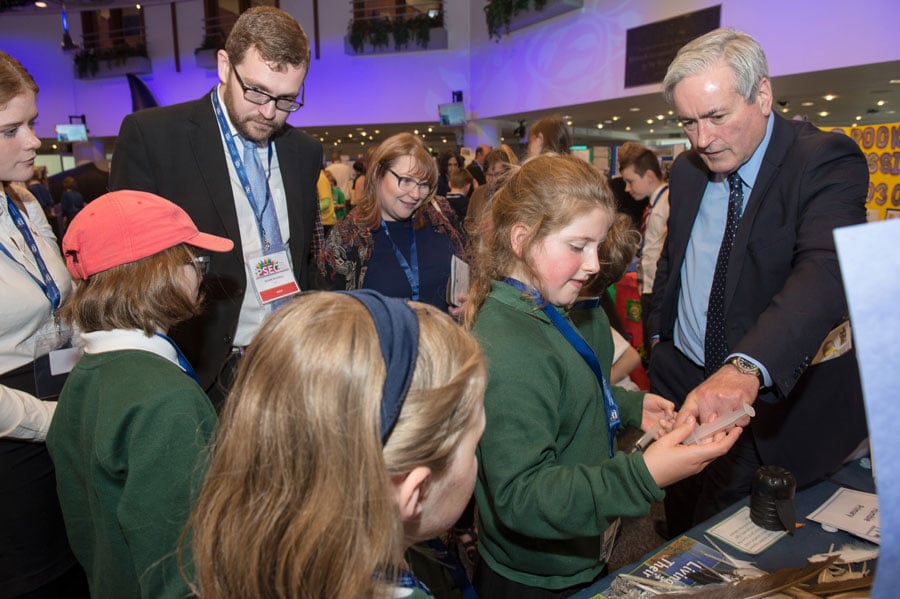
Why is continual support for primary science teachers important?
Teaching methods are always developing as well as the ever-changing school curriculum. We continue to work with teachers, partners, higher education institutions and local authorities to develop and disseminate excellence in primary science.
I am so inspired by all that I have heard and spoken about.
I didn’t realise how much was out there to help and support science teachers. I have come away with so much to share and encourage others with.
How did you recruit speakers for the conference?
Some were colleagues, others were approached via agents. However, when we planned the conference, we had a group of keynotes in mind and were very happy that our choices were available.

In terms of impact, do you receive any feedback from teachers on their experiences?
We have a series of surveys that we will conduct and a preliminary one has recently been issued. Further surveys in six months’ time will enquire about potential changes in approach and practice. Teachers who attended all three days are invited to attend one PSTT College Fellows Area meeting for CPD. We will have contact with teachers beyond the conference and plan to connect them with local Fellows.

Research Outreach also managed to interview Professor Louise Archer from the Institute of Education, University College, London who gave a talk about Science Capital, a concept which researchers believe is fundamental to support engagement with science.
What is ‘science capital’ and why is it important?
It is a concept that we outlined in one of our research projects to try and hone together all the science-related resources that a young person might have. It considers variables such as attitudes to science, whether they do it in their spare time, and whether they know people in their family or wider social networks who have science qualifications or jobs. We found that high levels of science capital are positively linked with participation in and identification with science. The concept helps us to understand unequal patterns of participation, explaining how and why those who engage less with science tend to come from particular backgrounds.
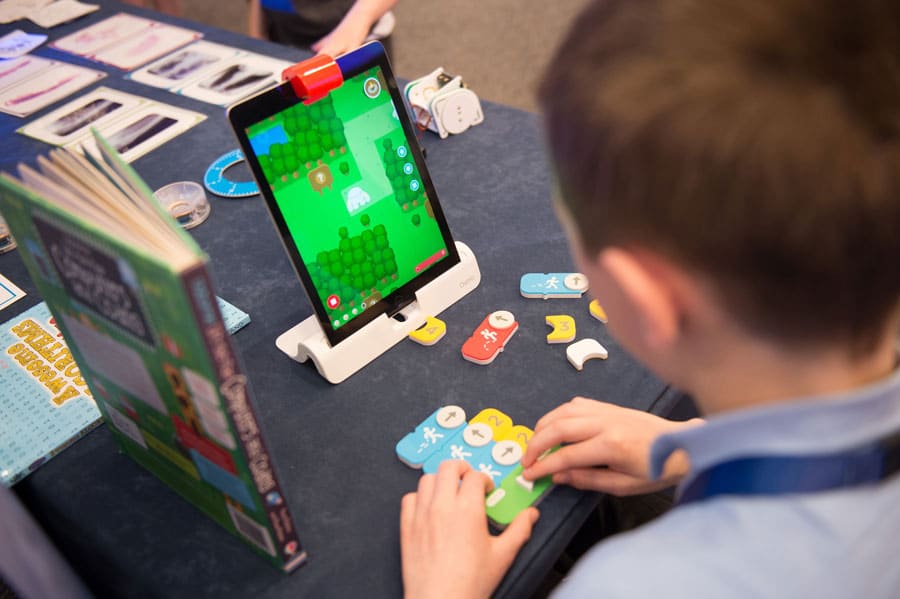
We’re also interested to explore interventions using the concept of science capital, so we worked in another project with teachers to co-develop the science capital teaching approach, which evidence shows helped to significantly increase students’ levels of science capital and their aspirations to continue with science post-16.
How do you think educators can build science capital for young people?
It’s not about giving young people more science content, it’s about trying to support and enhance their relationships with science. We found that young people with low science capital can find the subject alien and distant.
The science capital approach is about creating a personal and relevant experience between a young person and science. It helps educators to draw on and value what young people know already. Every young person has got things they know about, care about, and it’s valuing those and linking that to science education.
 “The Trust’s mission is to ensure that all primary schools have the very best in science teaching. By recognising and resourcing those teachers that have an aptitude and drive to deliver this excellence means that their passion can be delivered to clusters of schools, ensuring many more can benefit, and learn how to inspire children in science.”
“The Trust’s mission is to ensure that all primary schools have the very best in science teaching. By recognising and resourcing those teachers that have an aptitude and drive to deliver this excellence means that their passion can be delivered to clusters of schools, ensuring many more can benefit, and learn how to inspire children in science.”Ian Dormer – Chair of PSTT
What sort of inequalities do you think are most apparent in science education and employment?
If you’re talking about the physical sciences and engineering, then gender is a prominent issue. Across the board, class is very obvious and there are issues around disability and ethnicity. Statistically, South Asian male students are more likely to continue with science, but we’ve found in our ASPIRES study, which is a ten-year longitudinal study tracking children from the age of 10 to 18, that whilst black students have high science aspirations, high science identity and strong parental support, this doesn’t translate into post-16 science studies and science careers.
Why do these inequalities exist?
I think it comes down to issues of sexism, classism and racism, often in subtle and unwitting forms. Part of the issue is initial teacher education, there is very little training on recognising and handling inequalities – so how can we expect teachers to be prepared for this?

How then can then educators make science feel like a realistic career for everyone?
We suggest that more emphasis should be put on talking about the transferability of science skills, rather than focusing on trying to persuade young people into science careers. When we look at our data, many young people and their parents say, “There’s no point in doing science because I’m not going to be a scientist or a doctor”. Whilst there is a value in encouraging young people into STEM careers, we need to step back. I would like to see more of a coherent message being conveyed, highlighting how STEM qualifications can open the door to any career.
In my 20 plus years teaching, I rate this event right at the top of the CPD opportunities I have had and have come away with many ideas about how to develop science further in my school.
We should help, encourage and support young people on their next step rather than worrying about the end career.
Can you tell us more about the Aspire project?
It’s a ten-year project funded by the Economic and Social Research Council. We tracked a cohort of children from ages 10 to 18, surveying over 40,000 young people to date. We also interviewed a subsample of 61 young people and their parents repeatedly over this time frame, conducting over 660 interviews with them.
What are the negative implications of focusing on making primary science education more fun?
For us, fun can sometimes be a distraction. A lot of initiatives have aimed at inspiring kids; however, our survey findings show that although most students find science interesting this doesn’t translate into science aspirations. We have found it’s more useful and effective to build science capital. We want to connect science more meaningfully to young people, especially for those from communities who aren’t traditionally carrying on STEM. We’re not opposed to fun, but we would like to see a move towards more meaningful engagement and support for young people to act on what’s important to them, like climate change. We’ve seen good examples of teachers working with children in and out of school to affect real things, like writing to their local politician or changing the light bulbs in their school to energy-efficient ones. This can be really empowering for young people as well as enjoyable.
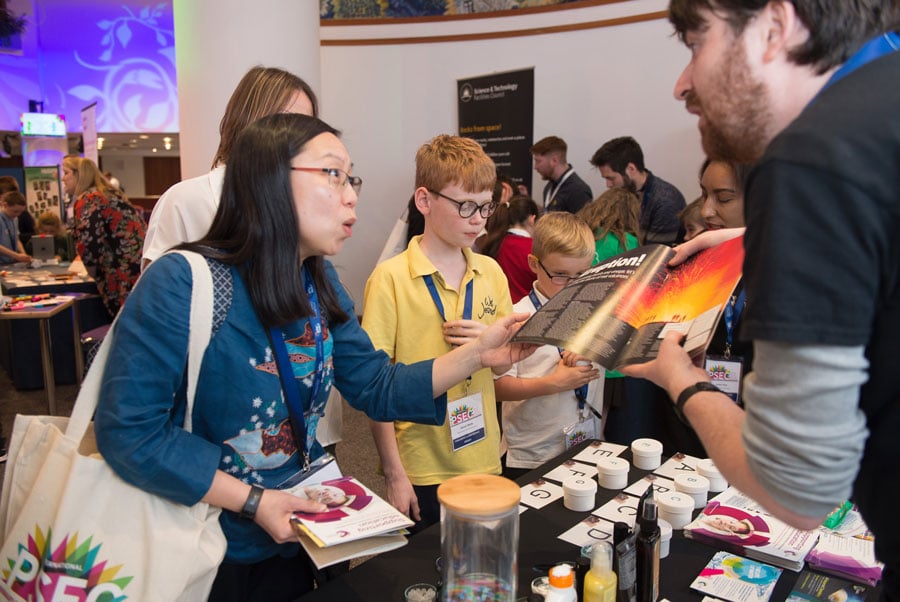
What do you think is the benefit of these types of conferences for primary educators?
I think any space which allows educators to come together and have space to reflect, network and talk is always a good thing. I don’t think teachers get enough of that in their normal working life, so I think it’s great.
You can learn more about PSTT, PSEC, and our interviewees below:
• https://pstt.org.uk/
• www.primaryscienceconference.org/
• www.bris.ac.uk/chemistry/people/dudley-e-shallcross/index.html
• www.ucl.ac.uk/ioe/departments-and-centres/departments/education-practice-and-society/science-capital-research
• www.ucl.ac.uk/ioe/people/academics/qa-louise-archer
• www.youtube.com/watch?v=g8D3fr-0aJ0